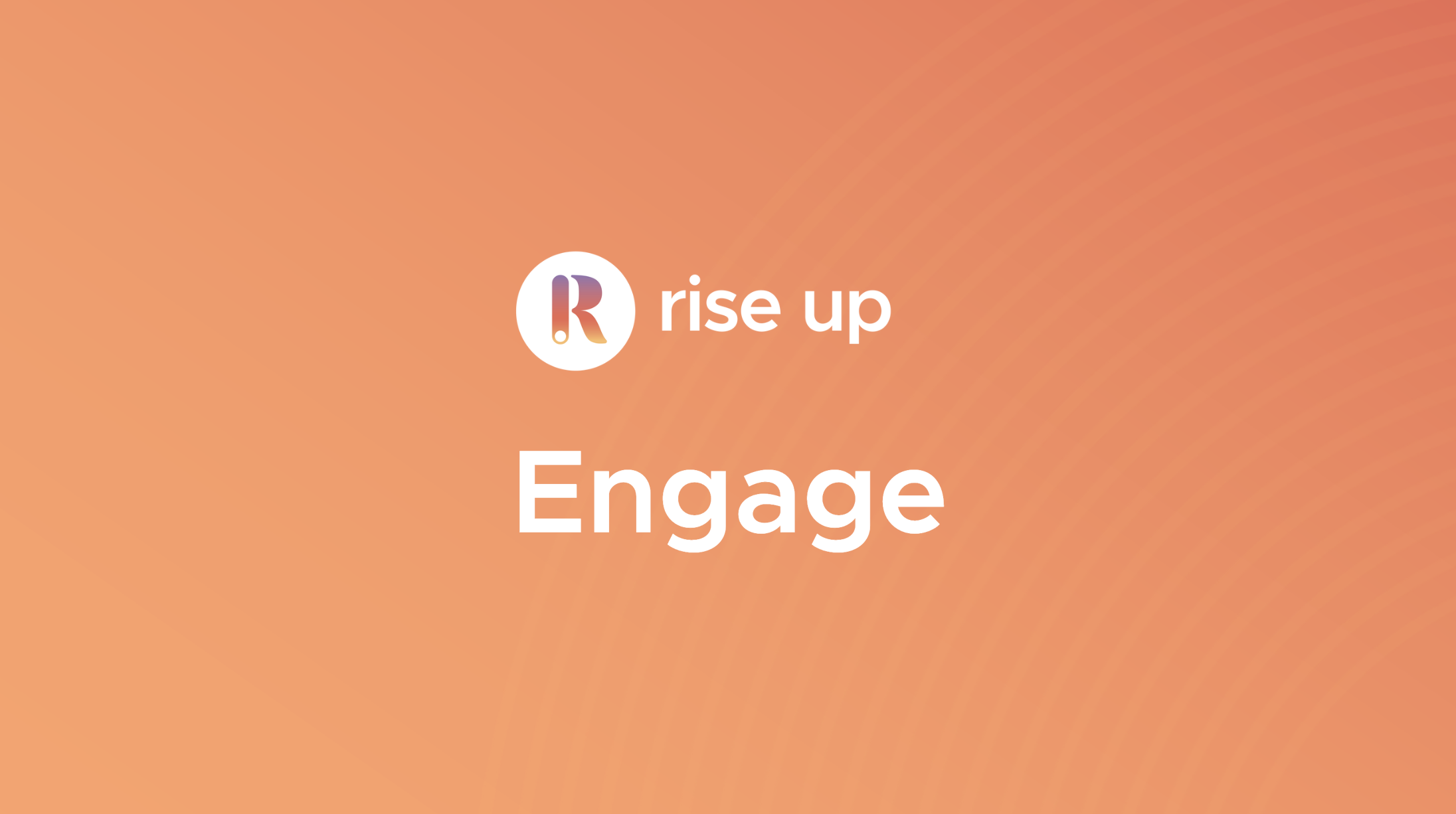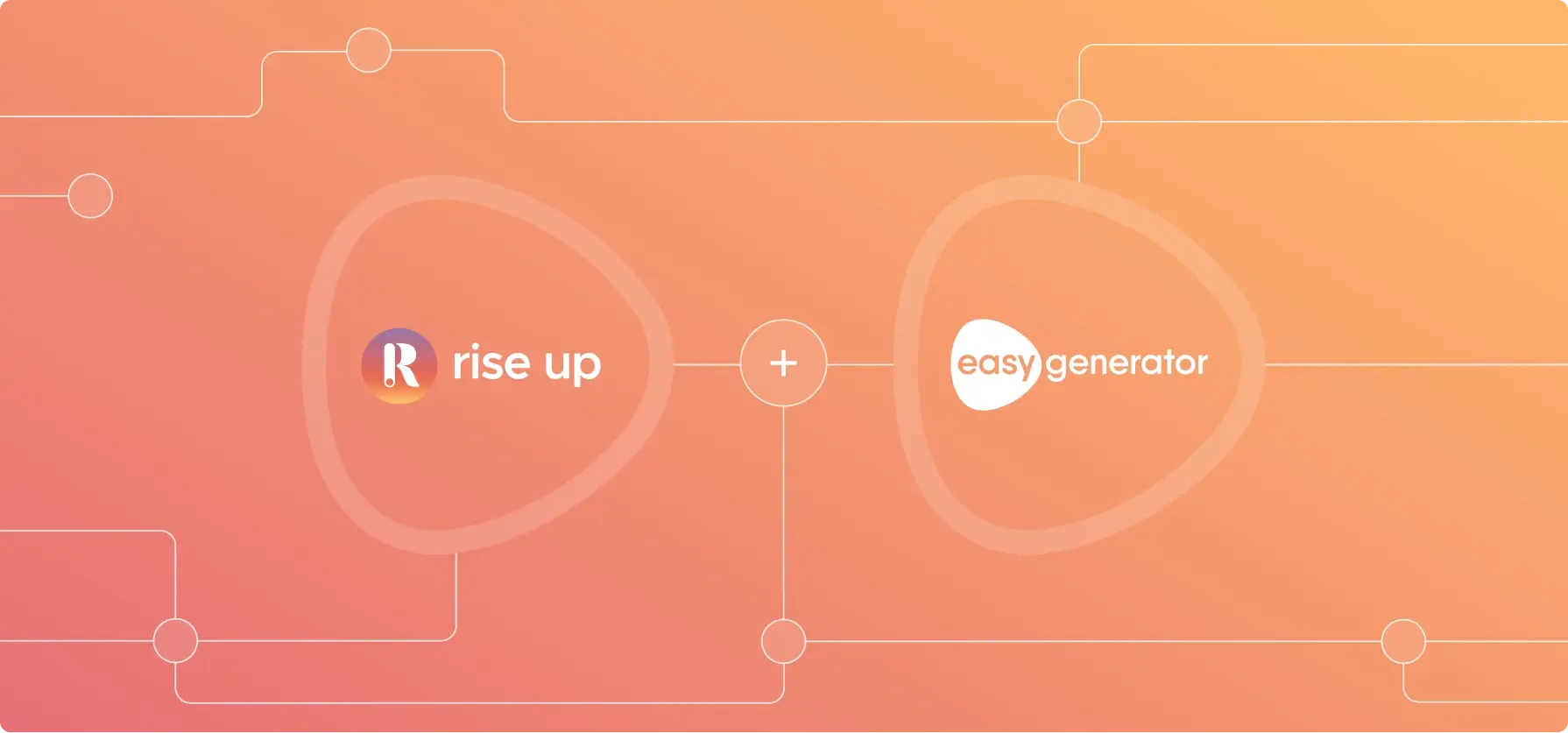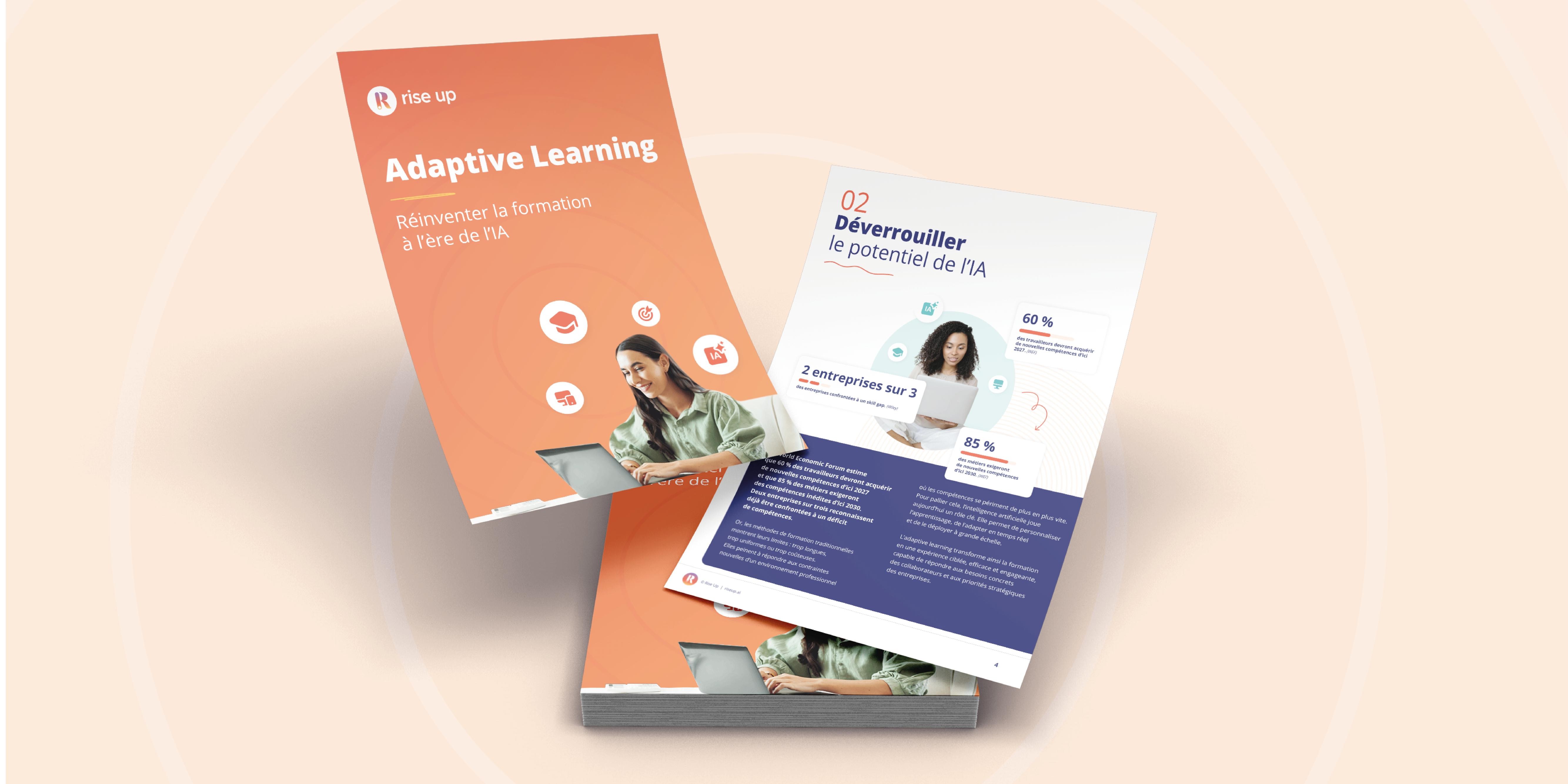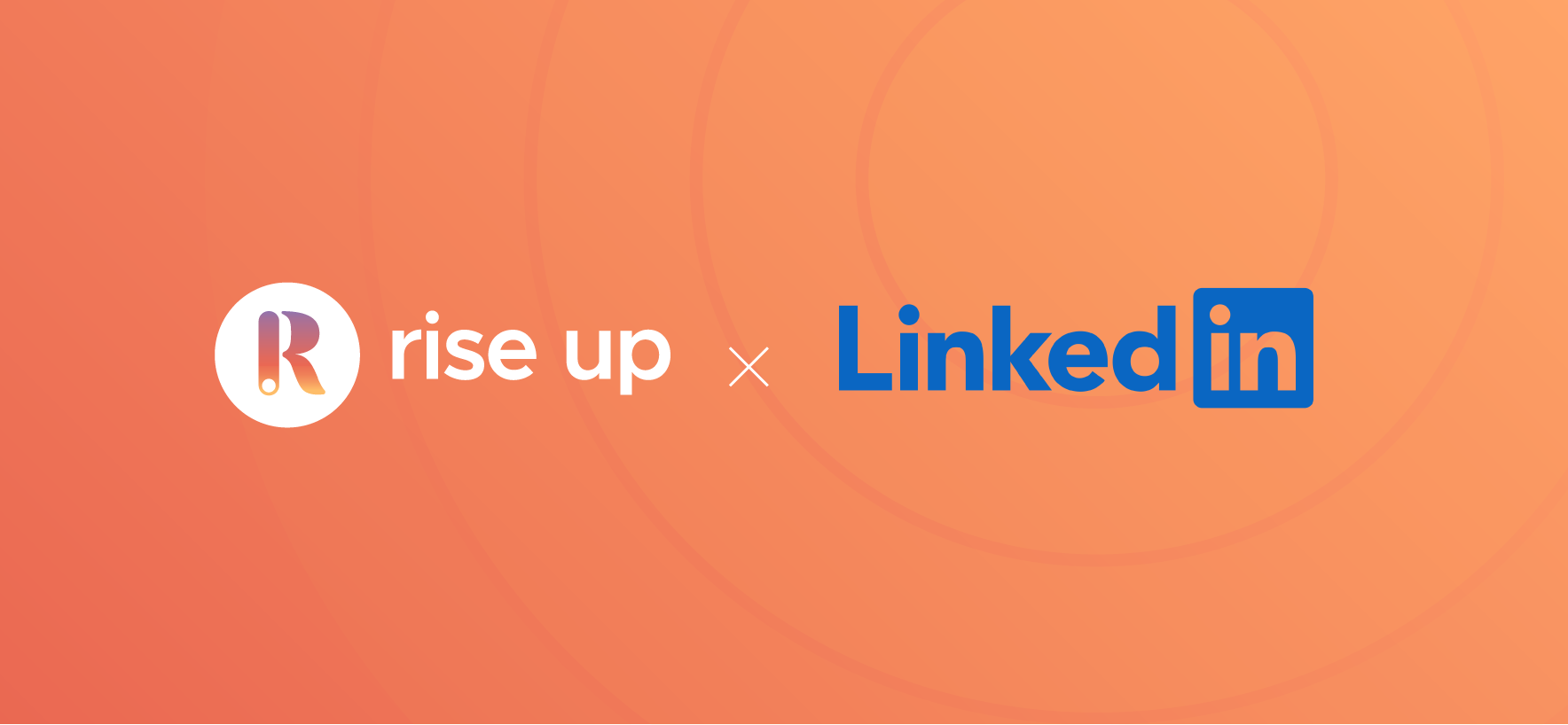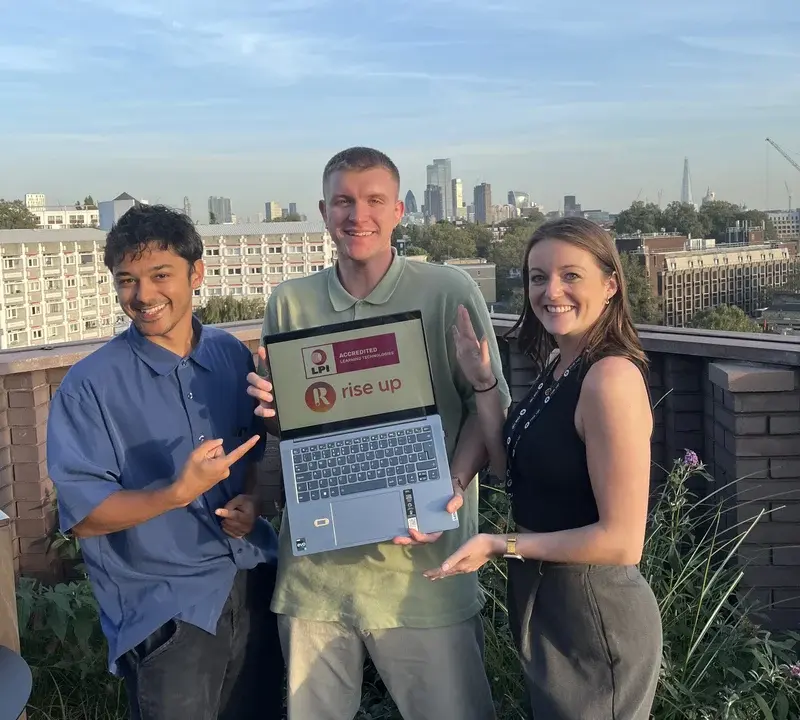Why we should be skilling for business impact and competitive advantage
6 minutes of reading | 2023-03-30
Does your L&D program actively add value? Does it drive business performance? Is it a source of competitive advantage … or just a cost center?

In our whitepaper from the People Development Summit, we touched on the need to align L&D programs with desired business outcomes.
That’s obvious. It’s easily said, but it’s simply not the reality in so many organizations. Functional inertia, organizational disconnect, and the pace of change all conspire to leave the L&D offering less than you’d like.
- Only 42% of employees take up employer-supported reskilling and upskilling opportunities (World Economic Forum)
- 45% of employees say that available training is “boring” and “useless” (Capgemini)
- >50% of today’s digital talent says that training programs are not helpful or that they are not given time to attend (Capgemini)
Get L&D right, however, and you feed a virtuous cycle where individuals are motivated and enabled to acquire the skills they need to boost performance. Employees become more engaged and staff retention is improved.
The organization gains an advantage, and the L&D team gains kudos, being recognized as a source of genuine competitive advantage rather than simply a cost center.
How can L&D deliver positive business impact and competitive advantage?
Deliver business skills at business speed
Be brilliant at the basics of enabling individuals to gain the skills they know they need as efficiently as possible. Help them to stay up-to-skill every day.
As Donna Johnston, Learning/Talent and Development Leader at Imperial Brands reported:
- 50% of employees will need reskilling by 2025 as technology adoption increases
- 1 in 3 skills from 2023 won’t be relevant in 2025
As Johnston said, “we are in a reskilling emergency”. Delivering business skills at business speed isn’t just nice to have, it’s essential.
That means having a modern, efficient L&D solution that matches the needs of employees, whatever their situation – working from home, on the factory floor, commuting, or in a call center. It means meeting their personal circumstances and learning styles, enabling them to truly learn in the flow of work. And, importantly, it means delivering appropriate learning, whether that’s quickly acquired micro-skills (think how we use TikTok, Google, and YouTube in our personal lives) or in-depth study that is wholly relevant, current, and matched to ways of working.

Organizations need to move from a push model (“requiring three weeks of training”) to a pull learning model, as we outlined in our paper. Maybe 70% of learning will occur in the flow of work, with only 30% being one-week, up-front training in the traditional form.
Plan for the skills you need (and will need)
At the Summit, Talentologie’s Director of People and Culture Lynn McSeveney talked about the importance of strategic workforce planning – not just numbers, but skills as well.
That means identifying the skills that are (and will be) critical to your success; finding, attracting, and retaining the talent with those skills; and building the skills of those within the organization.
As we said in our paper, it’s not enough to roll out a training program with mighty fanfare. How do you retain interest and engagement after the launch emails? Importantly, how do you continue to develop those critical skills from a necessary base level to a strategically important PhD or post-doctorate level? It is essential to plan for continuous skills development to maintain a competitive advantage and retain valuable talent.
There’s a skills shortage everywhere. Where can you source the talent you need? McSeveney pointed to the importance of cross-skilling boot camps, of attracting “lane changers” and workforce returners (post-leave parents or early retirees).
Develop an upskilling strategy for mission-critical future skills
Sometimes, we can see big, fundamental changes coming toward us
Dr Penny Holborn and Alison Adams presented how the Office of National Statistics (ONS) identified such a change and set about upskilling the entire organization in data skills.
From probation to post-doc, the ONS built a program for continuous learning and growth. Its learning hub contained independent learning materials and access to instructor-led courses that ranged from introductory to advanced levels.
Continuous assessment of the strategy is central to its ongoing success, with the team continually optimizing the platform and materials based on learner feedback.
The presenters also emphasized the importance of assigning mentors and providing immediate, post-training opportunities for learners to exercise their newly acquired skills.
Ruth Auton, Northumbria Healthcare NHS Foundation Trust’s Head of Education, Learning, and Organizational Development, spoke about the need for clear career mapping, with the use of provisions such as top-up degrees to help refresh and progress careers.
A transparent, attainable aspiration is key: “if you can see it, you can be it”. Healthcare Apprentices can see a clear path to becoming Ward Sisters.
Auton described using the team to help with the role and skill definitions. They used Post-it notes to define roles and required knowledge, skills, and behaviors for each of the seven levels of the worker. They then mapped the necessary qualifications behind those. As a result, staff were closely involved in co-creating the learning pathways - not feeling training was being “done to them”, but rather than learning was being “developed with them”.
As well as establishing clear learning paths to development, this approach brings cultural and pastoral benefits. It helps alleviate imposter syndrome as students grow into health professionals. It makes them feel supported and ready for their work. This preceptorship helps with the transition from trainee to professional and, ultimately, reduces churn - an important goal for any strategic skilling strategy.
Rise Up helps you build business impact
As we discussed in our whitepaper, it is important for L&D teams to take a Learning (rather than a Training) perspective and to be commercially focused. Skilling needs to demonstrably drive business impact and that can only be achieved if you can measure Time to Skill, if you show how the learning you enable drives the impact the business desires.
Rise Up can help. Our business purpose is to Own Today. We help organizations and employees stay up-to-skill every day and to measure the impact of your L&D activity. We help you to deliver business impact, to demonstrate what you deliver, and to be a source of competitive advantage for your organization.
